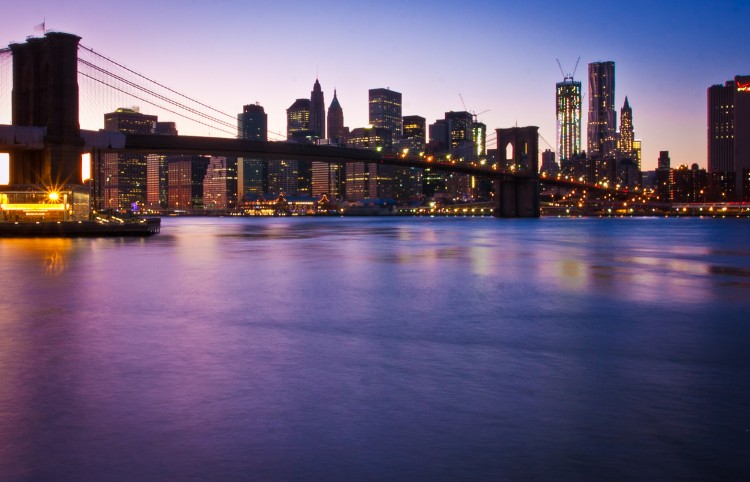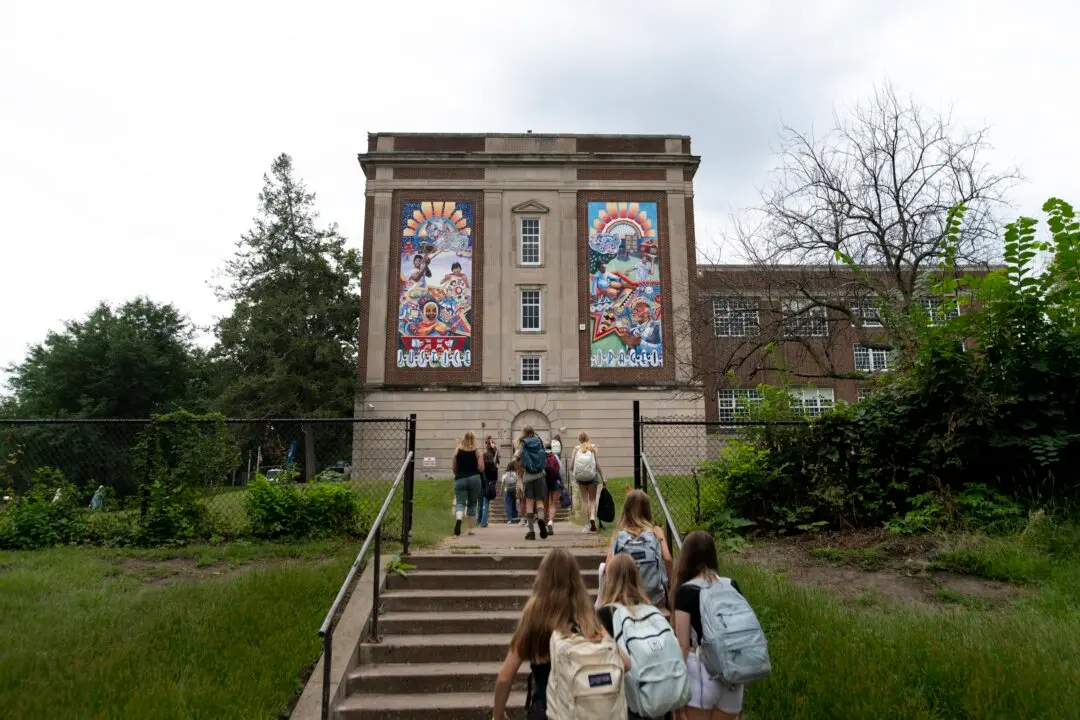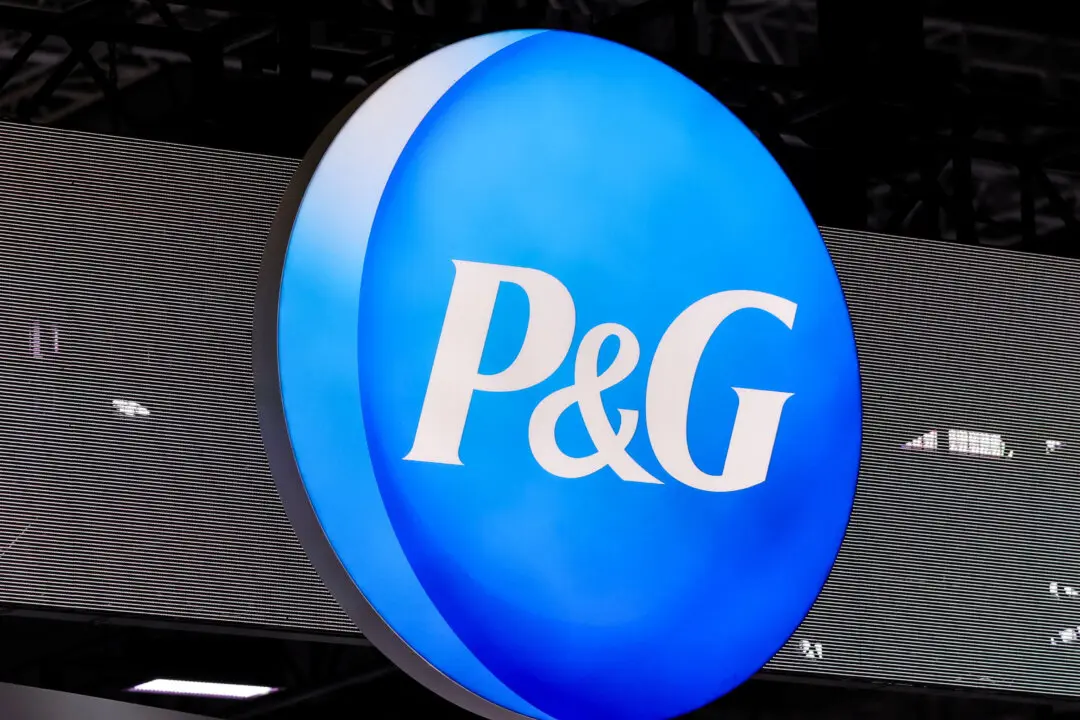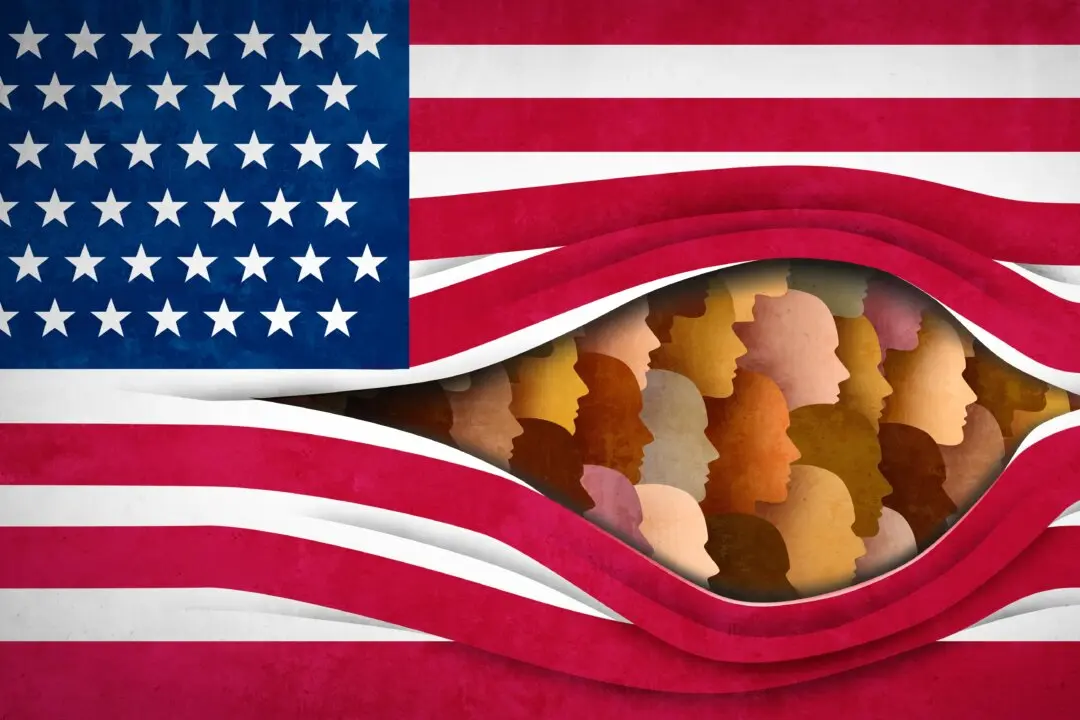NEW YORK—The city has been attracting more international visitors than ever, reaching a record number of this year (52 million). One of three international visitors to the United States now visit New York City.
“No other city in America even comes close to that,” said George Fertitta, CEO of NYC & Company, the city’s marketing and tourism office.
The city with the second highest market share of international visitors is Los Angeles with 13 percent.
Officials have a goal for 55 million visitors by 2015. There is a threshold, said Fertitta, but he wouldn’t say what he thinks that threshold is.
Many facets make up New York’s steady—and continuing—ascendance. Though the city lost out on its bid for the 2012 Olympics, a wave of projects were swept through. Lower Manhattan has recovered—too much, some say—from 9/11. And the traditional destinations, such as Times Square and the Rockefeller Center area, are accentuated by a growing number of areas, including Harlem. Furthermore, the new Hudson Yards development, including the extension of the number 7 subway and the third section of the High Line, will add another space, while a gigantic roller coaster is being pushed forward for Staten Island.







